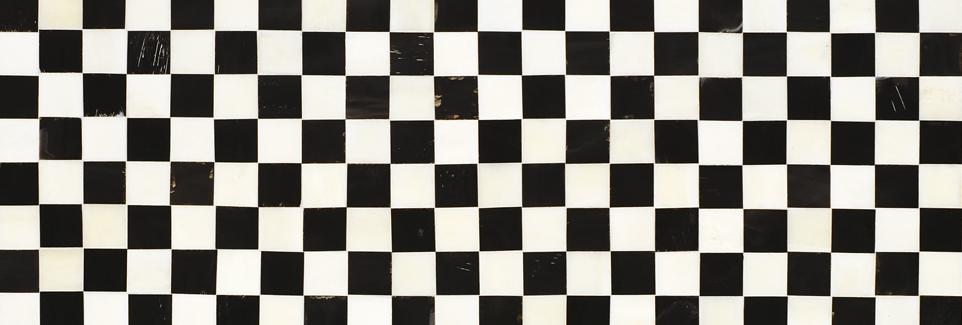












It is bounded by the comuni of Acate, Gela, Grammichele, Licodia Eubea, Mazzarino, Mazzarrone, Mineo, Mirabella Imbaccari, Niscemi, Piazza Armerina, San Michele di Ganzaria.
The city has been long famous for the production of pottery and terra-cotta wares. Nowadays the production is more and more oriented to artistic production of ceramics and terra-cotta sculptures. Other activities are mainly related to agriculture (production of grapes, olives, peaches).
The city's name derives from the Arabic "qal'at-al-ganom" ("Castle of the Genies"). It was inhabited since pre-historical times, as attested by the presence of two necropolis dating from the second millenium BCE and by numerous other archaeological findings. It was later inhabited by the Sicels pre-Roman population.
The Arabs built here a castle, which in 1030 was attacked by Ligurian troops under the Byzantine general George Maniakes, and which have left traces of Ligurian language in the current dialect. The city flourished under the Norman and Hohenstaufen domination, becoming a renowned center for production of ceramics.
The city was almost completely destroyed by the severe earthquake of 1693. Many public and private buildings have then been reconstructed in Baroque style. Primarily for this reason, the city has been inserted, together with the surrounding territory in an area protected by the UNESCO World Heritage program.
Main sites
A collection of ancient and modern pottery and terra-cotta, dating back to the Magna Grecia period, is available in the local Museum of Pottery, created in 1965.
The main landmark of the city is the 142-step monumental Staircase of Santa Maria del Monte, built from 1608 in the old part of the town. The peculiarity is that each step is decorated with different hand-decorated ceramics, using styles and figures derived from the millennial tradition of pottery making. Once a year, on and around the day of the city's patron saint, (St. James, 25 July), the staircase is illuminated with candles of different colours arranged in order to reconstruct an artistic drawing of several tens of meters.
Religious buildings include:
The Cathedral of St. Julian, of Norman origin, with a twentieth-century art nouveau façade by Saverio Gulli.
The Baroque church of San Francesco di Paola. The sacristy is in Gothic style, dating from before the 1693 earthquake.
San Francesco d'Assisi, edified in 1236 and rebuilt in Baroque style after 1693. The façade has two orders with marine symbols and a statue of the Immaculate. The dome is unfinished.
Church of the Gesù (1570). The façade has eight statues portraying saints and the Madonna with Child. The interior, one a single nave, houses a Pietà by Filippo Paladino (1607) and Christ's Nativity by Polidoro da Caravaggio.
Santa Maria del Monte (twelfth century).
The Renaissance Church of the New Capuchins, in white stone, with a noteworthy treasure and a picture gallery.
St. James.
Also noteworthy is the Palazzo Senatorio (fifteenth century), the former Town Hall.
By Appointment
DE FERRANTI
South Park Studios - Suite 10
88 Peterborough Road, London SW6 3HH
United Kingdom